Roadtrip 5 Awesome Spots on the Noto Peninsula
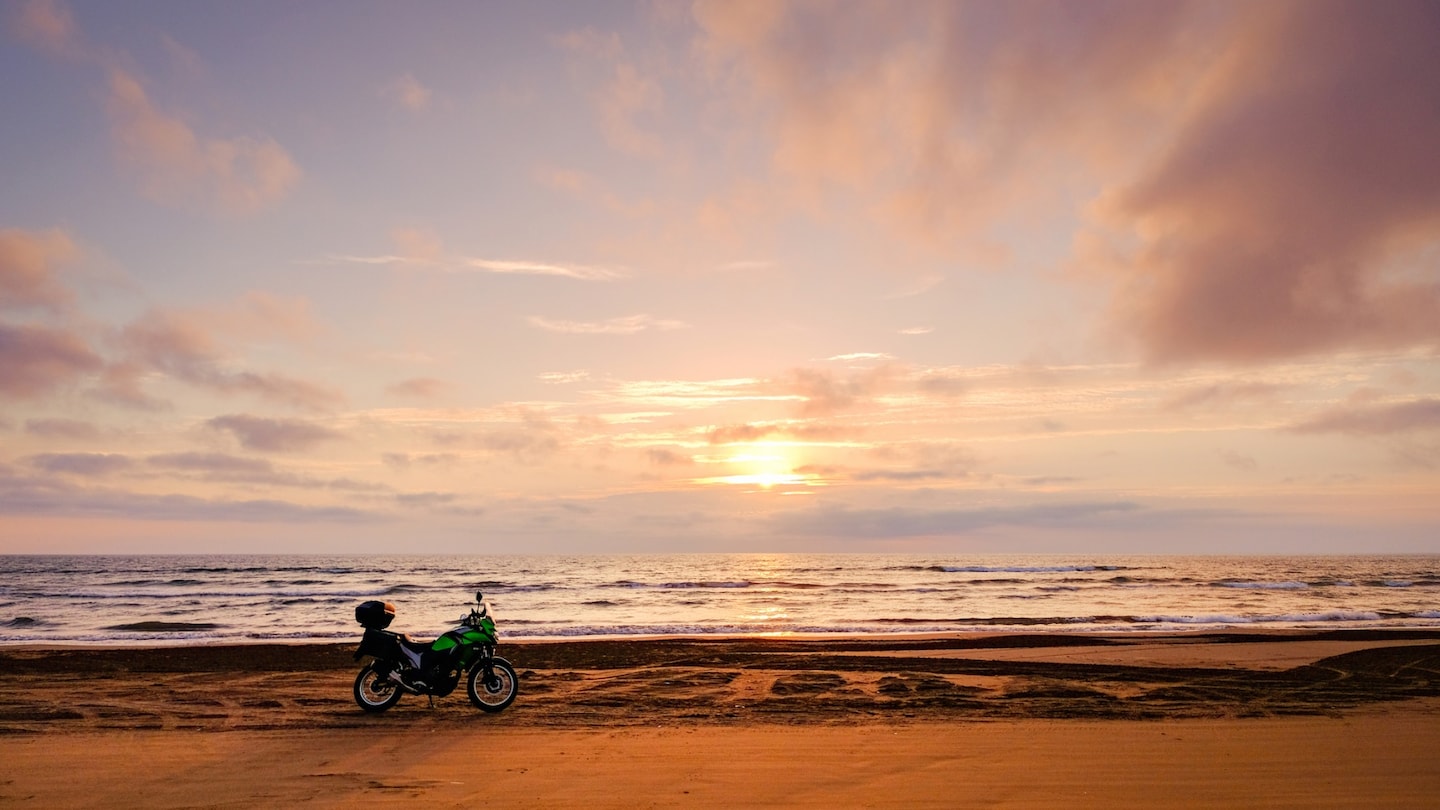
If you’re looking to escape from Japan’s crowded cities and see a more rural side to Japan, the Noto Peninsula, on the northwestern coast of Honshu, is a great place to go. This wild area is a bit tough to navigate via public transport, so to make the most of Noto, you'll want to explore by car (or motorcycle!).
By Andrew Sinclair5. Chirihama Beach Drive
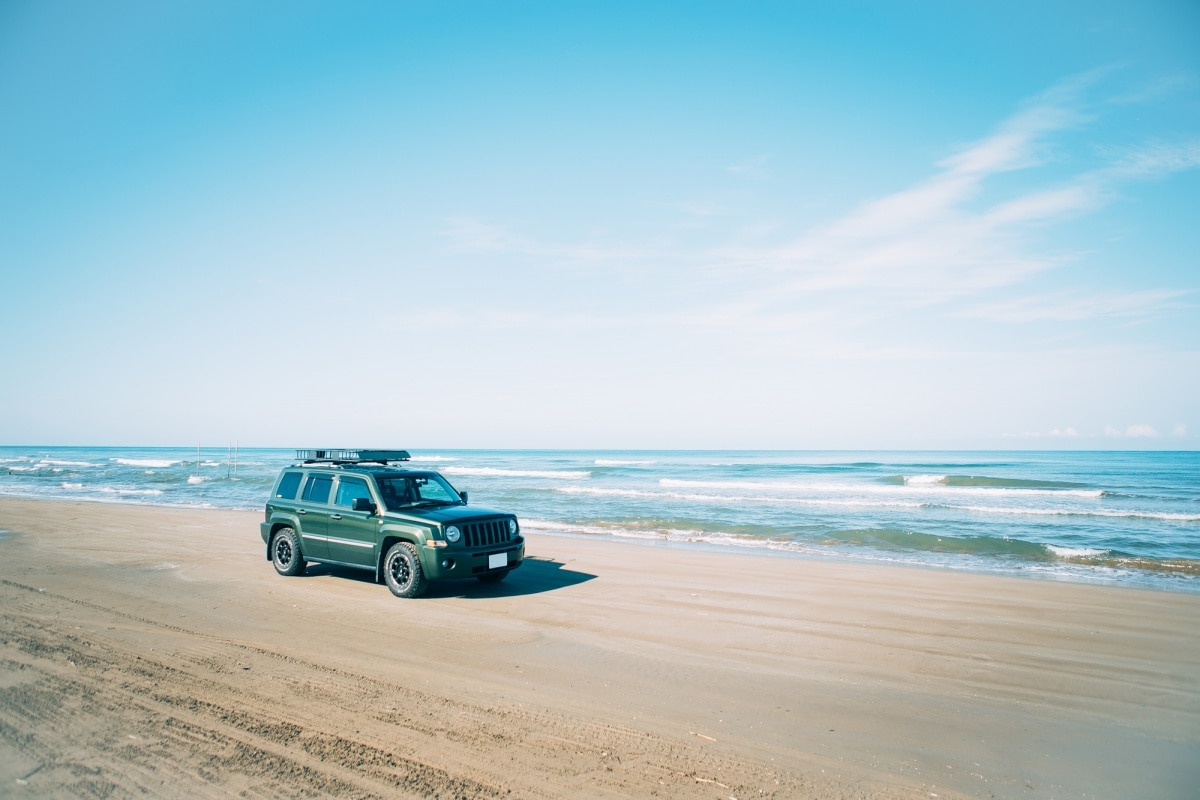
Located at the base of the Noto Peninsula, Chirihama Beach is not just a beautiful stretch of coastline—it offers a rare chance to drive on the sand! There's no roads involved; the packed sand is hard enough to allow regular vehicle traffic, and you can enjoy eight kilometers of uninterrupted driving right down at the water’s edge. The beach is wide enough to accommodate traffic in both directions, as well as parking. If you're feeling intrepid, you can wade in the surf to collect shellfish, for which the area is locally known. Plus, the west-facing beach is a great place to see the sunset. Best of all, it’s free!
4. Wakura Onsen
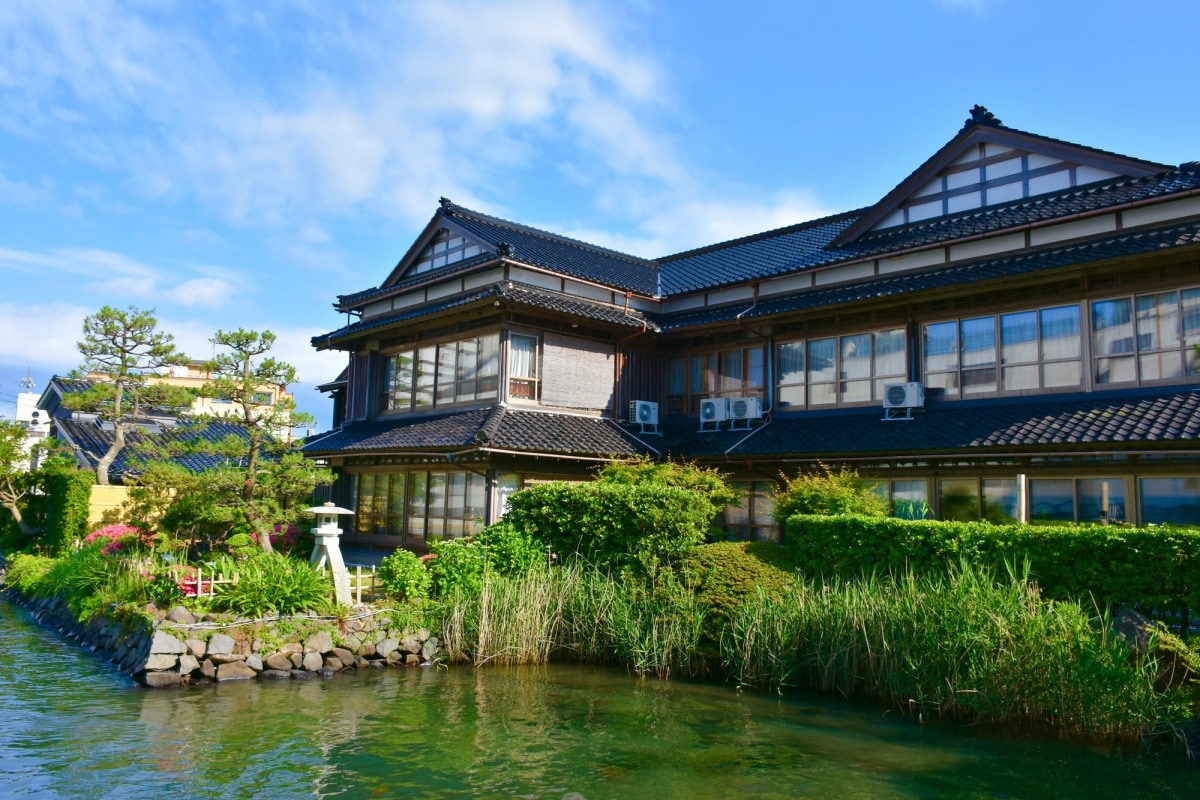
One of the joys of Japan is its bathing culture, and Wakura Onsen is one of the finest hot spring resorts in the country. People have been using the natural hot springs here for over 1,200 years, and the town has many traditional ryokan built around the shore of a beautiful bay. Don’t worry if you can’t fit in an overnight trip—many of the ryokan allow day visitors to use their facilities. If you do get the chance to stay overnight, you'll be following in illustrious footsteps; past guests of the town include feudal lords and the Imperial Family! Rooms at many facilities come in both Japanese and western styles, and often have outdoor private baths with magnificent views over the bay.
3. Wajima City
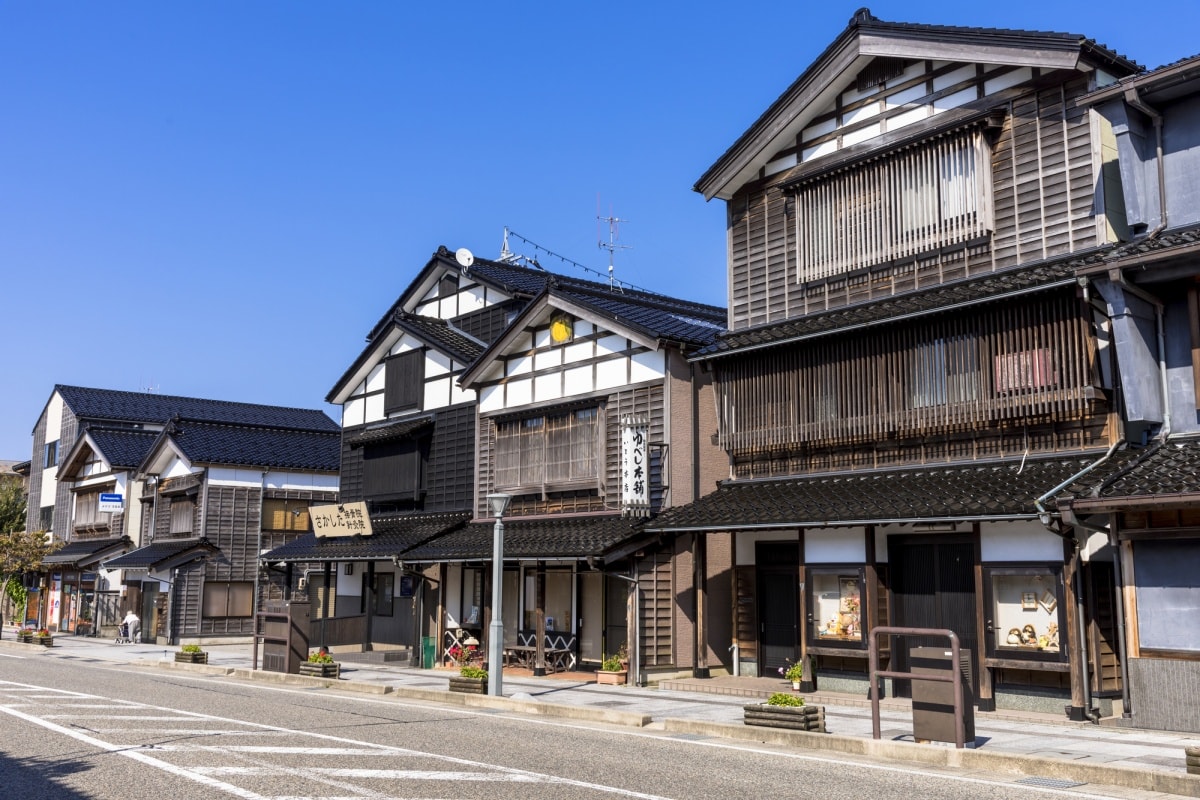
One of the largest cities in the area, Wajima is located up toward the northern end of the peninsula, and is famed for its exquisite lacquerware. Wajima-nuri, as the local brand of lacquer is known, mixes a local earth in with the lacquer during the layering process, giving the finished product extra durability. You can see examples of Wajima-nuri in one of the two dedicated museums, buy your own in the shops, and even roll up your sleeves and try your hand at creating your own designs in a lacquerware workshop. Besides lacquer, Wajima also boasts one of Japan’s biggest morning markets, which is said to date back a thousand years. Every day, the vendors proudly showcase local delicacies such as fresh fish, vegetables from local farms, and snacks. If you’re tempted to try something, the market even has free grilling stations for you to cook your purchase!
2. Kongo Coast
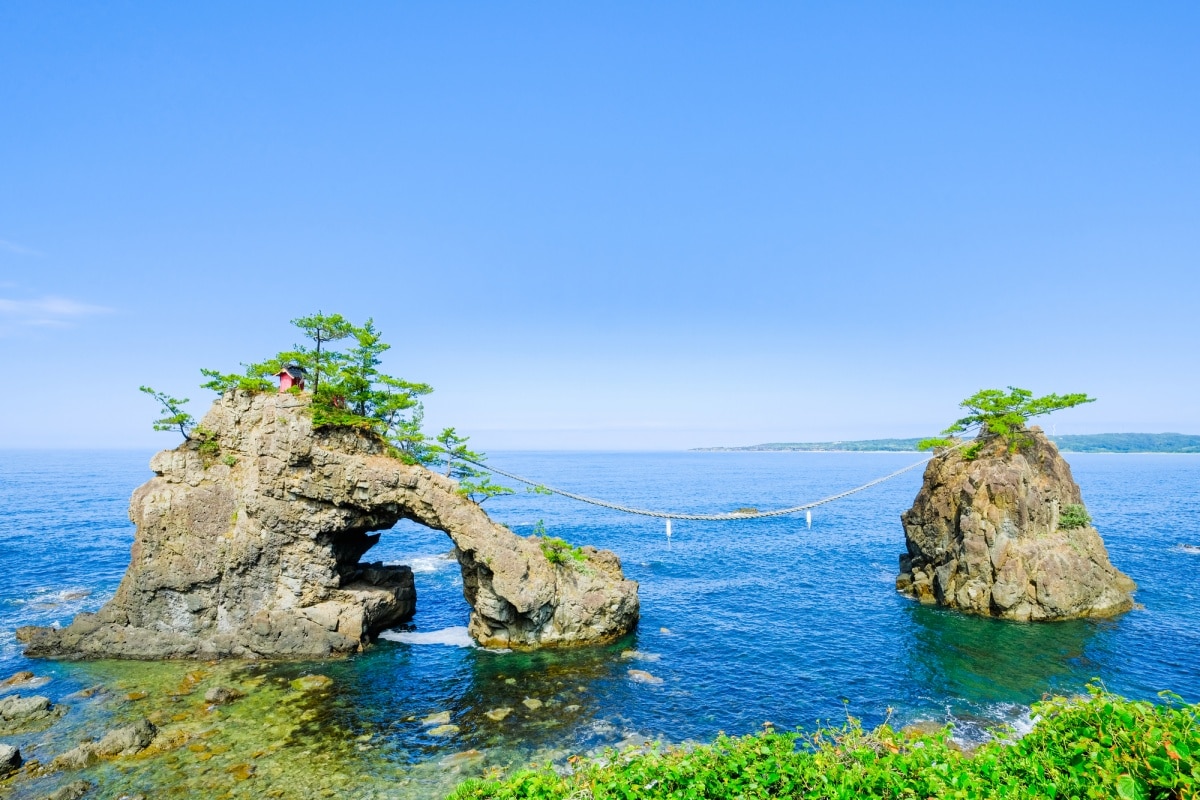
There’s no shortage of beautiful coastlines on the Noto Peninsula, but the rugged cliffs of the Kongo Coast might just be the most scenic. Facing east to the distant shores of mainland Asia, the Kongo coast is riven by deep sea caves and steep cliffs. Particularly notable is the Ganmon rock, a natural arch, and the Hatago Iwa, a pair of large, sacred rocks joined by a shimenawa rope. Boat tours operate along the coast from a dock near the Ganmon rock, giving you close-up views of the craggy rock formations. A typical ride will cost ¥1,200 and take about 20 minutes. Winter travelers take note—the tours only run between mid-March and mid-November!
1. Tokikuni Residences

Not too far from Wajima is a pair of houses with a curious past. The two impressive residences are the homes of the Tokikuni clan, a remnant of the 12th-century Taira clan. Despite once ruling Japan from their powerbase in Kyoto, the Taira were eventually defeated during the Genpei War, and the survivors packed off to exile. The branch of the family that wound up on the remote Noto Peninsula changed their name to Tokikuni, and the two mansions they built still stand today. The older of the two dates back to the 1500s and the newer, larger mansion from the 1800s. Both are designated Important Cultural Properties of Japan, and if you're interested in seeing how a wealthy family would have lived in times past, the Tokikuni Residences are a must-see.


